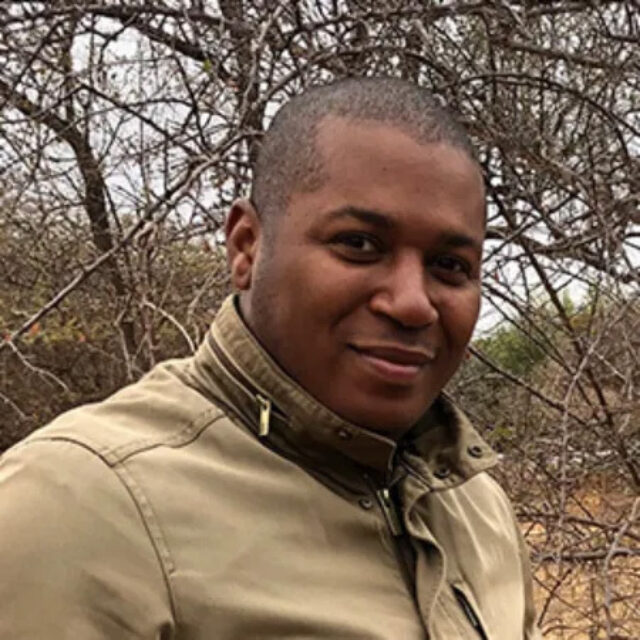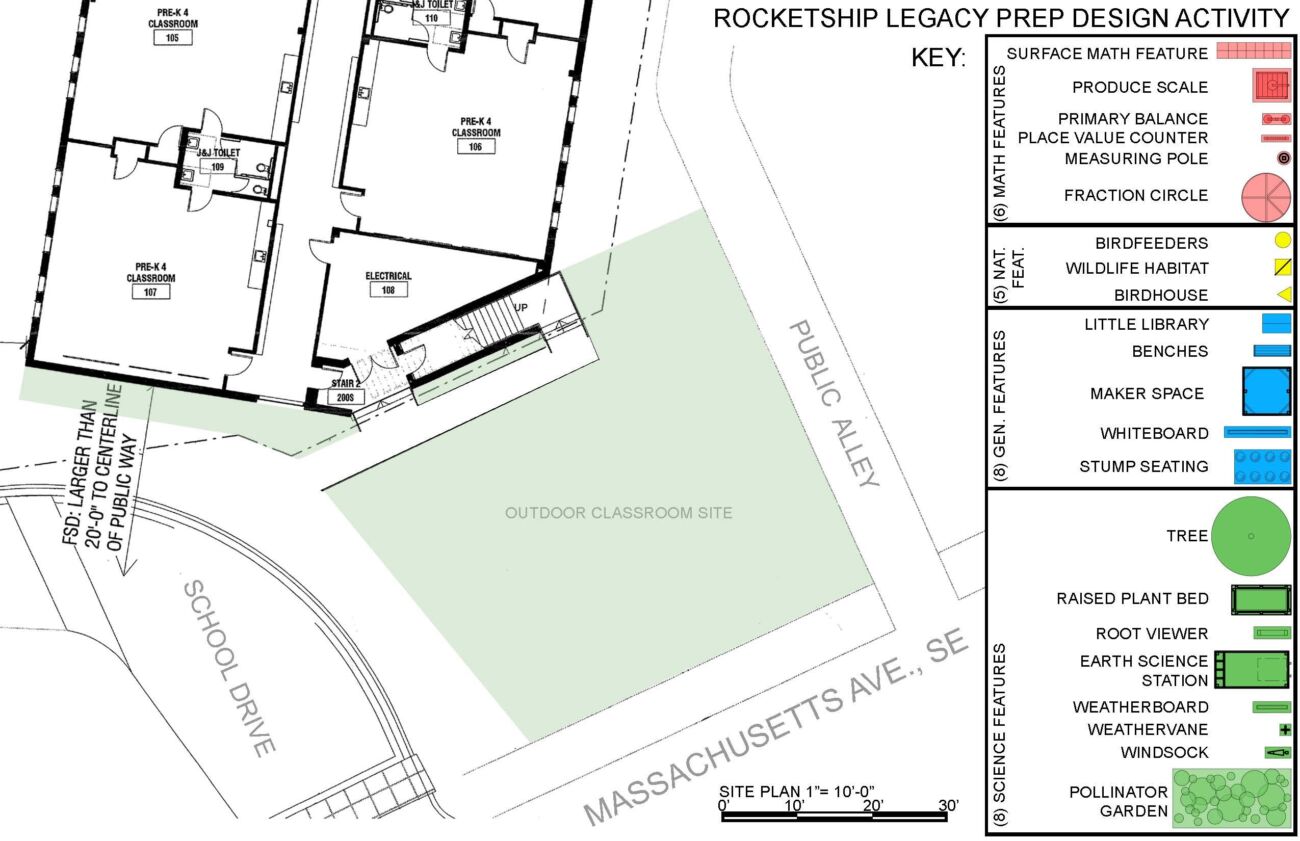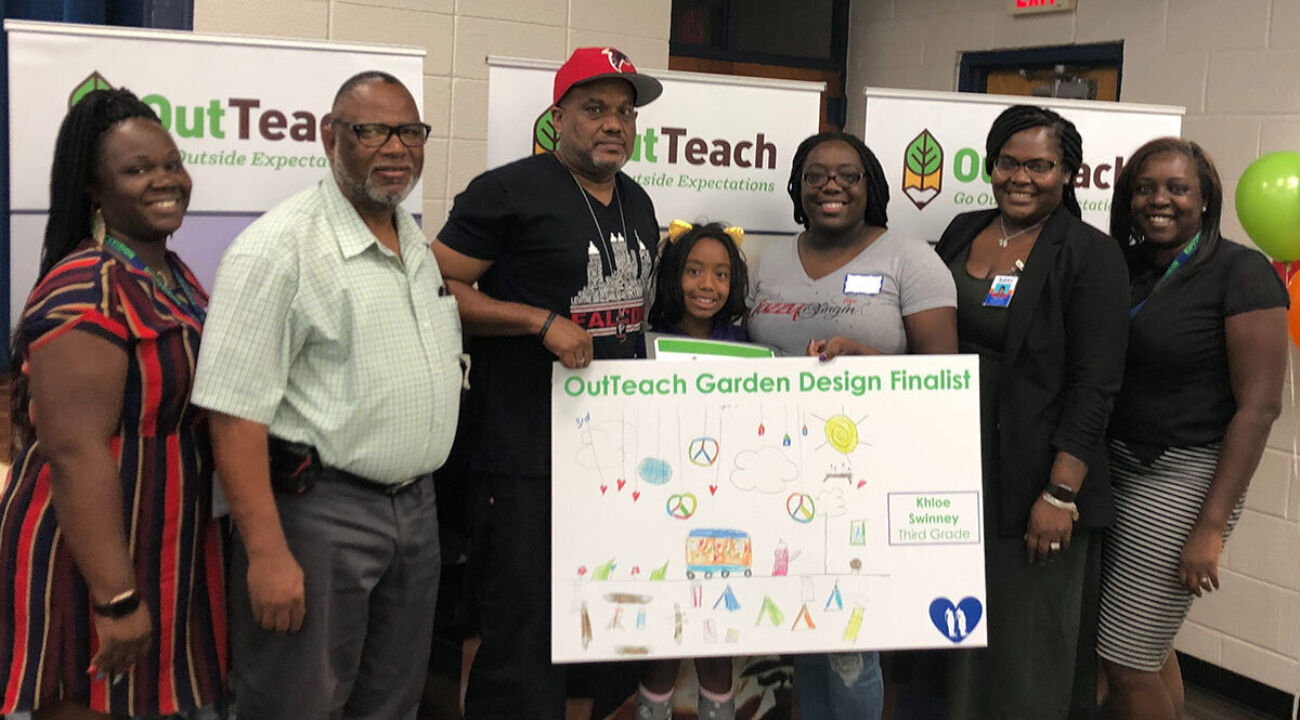February 14th, 2024
Rooted In Change: A Day in the life of Out Teach’s Lead Landscape Architect
Welcome to the first installment of Out Teach’s "Day in the Life of" series. We want to galvanize a movement of minds towards a future where outdoor learning and equity in education are not just ideals, but everyday realities for every child, everywhere. Here, we’ll explore the lives and routines of those dedicated to making a difference. Through their individual stories, we do not just encounter a day in their life; we journey through challenges they overcome, joy experienced through work, and the perseverance that marks the spirit of teachers, students, community champions and creators.

Meet Michael
Michael Smith is Out Teach’s Director of Landscape Architecture and Outdoor Classrooms and is based in Washington, D.C. The threads of his work have improved the physicality of underserved communities through thoughtful design solutions.
Why Design:
As a child in Washington DC, I grew up around the national mall, the most inspiring public space in America. My grandfather was a janitor at the US capitol building. He gave me tours of the architectural gem as a kid. Those moments, as well as the picnics with my parents on the mall, introduced me to the world of built infrastructure and architecture. The majesty of these places gave me a profound appreciation for how designed spaces can influence people and give them appreciation for what's around them. In my youth I had a natural infinity for art and math, and in my latter years of high school, the decision to pursue a career in the built environment was easy.
A 7:30am start:
My typical workday typically starts at 7:30am with a hot cup of coffee in front of me; the first of a few throughout the day. I feel satisfied when my daily checklist has been executed and I have made meaningful touchpoints with at least two colleagues.
What excites you about each day:
I get excited by what my team is most excited about. Their energy, passion and enthusiasm are what keep me motivated. At present, it's supporting their goals which advance the Out teach mission. They have big ideas that manifest into thoughtful solutions for schools, teachers and students. For instance, one staff member is developing new learning tools centered on standards taught in the school. The resulting products will soon be available for deployment across the regions where we build outdoor learning labs. Another team member is interested in increasing the sustainability of the spaces we develop by creating visual maintenance resources. These ideas and personal goals, bound by our mission, are more meaningful than any singular project.
The challenges and rewards of the job:

Rocketship Prep Design Rendering
Afternoons cue a cup of espresso, a light lunch, and the next events of the day like working with the team to develop design ideas or navigating any challenges that might emerge. By nature, designers are very visual people. Drawings are the language we speak to clearly communicate our visions before they are translated into built form. Our team works diligently to iterate design ideas before producing comprehensive architectural plans that explicitly communicate our intent to users and builders. We show illustrative plans and detailed drawings that communicate layout and materiality. When possible, we use locally sourced materials and communicate their story to our school partners. On a recent project, there was a need for outdoor seating. After hearing about a tree that fell in the neighborhood during a recent storm, we asked the contractor to harvest that tree and craft seating for the school. That story was shared with students to teach them about sustainability in a way that directly connects them to their community.
But sometimes things do not always go according to plan. However, I’ve found that our strength is in our ability to see opportunity in challenges. Each project site is unique. We are also dealing with living, organic elements. We can’t simply make a project comply with our wants and needs. Sometimes we must be innovative to find success. An example is Wingate Elementary School in Charlotte, NC. There was a massive boulder at the center of the space where the learning lab was intended. With limited options, our team developed a strategy to take advantage of the low, flat, natural terracing nature of the bolder and use it as seating. We then positioned other learning features around it. We had to get technical with how we designed foundations for overhead structures and other features that intersected the boulder but, in the end, we created a unique space that was embedded in its natural setting and functional for learning.
Going to schools:

We want the spaces that we design to embody the mission and voice of the school community in which they are constructed. We ensure equitable design of the learning laboratories by incorporating the students and teachers in the design process. We go into schools, host design challenges that collect student ideas for outdoor learning and then present what’s possible to faculty, staff, and community leaders. We listen to find out how we can create a space that enhances the schools' goals. Together, we walk the site to strategize locations for the learning lab before translating the school’s visions into a thoughtful design.
To young Black aspiring landscape architects:
Become a leader in this field so that you can be an active voice, thought leader and designer that influences the character of our spaces. It’s a career that offers an opportunity to create meaningful change within the fabric of our communities. If we aren’t the arbiters that help define the quality of our spaces, then someone else will.
